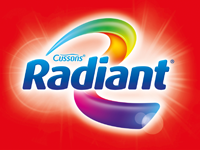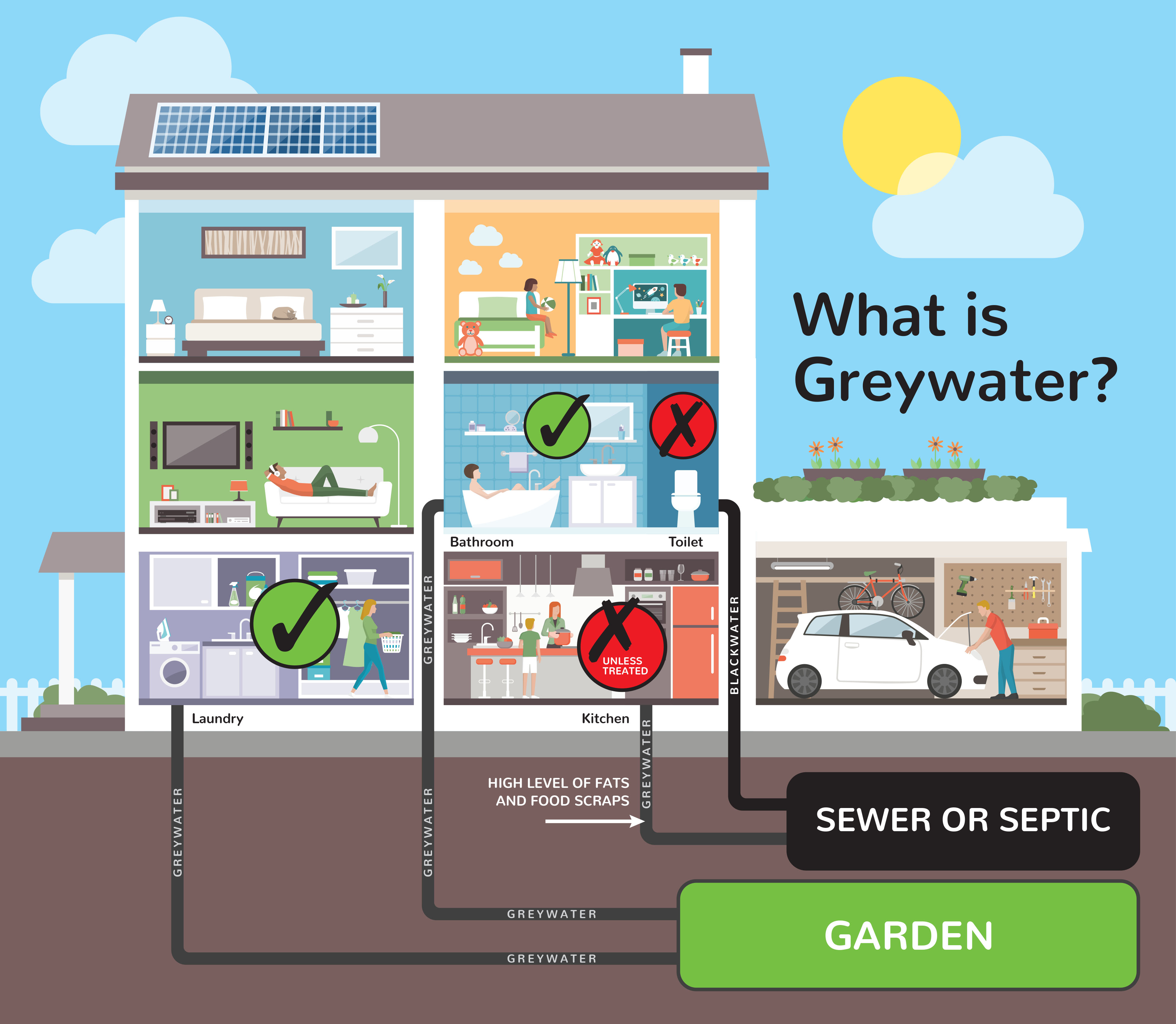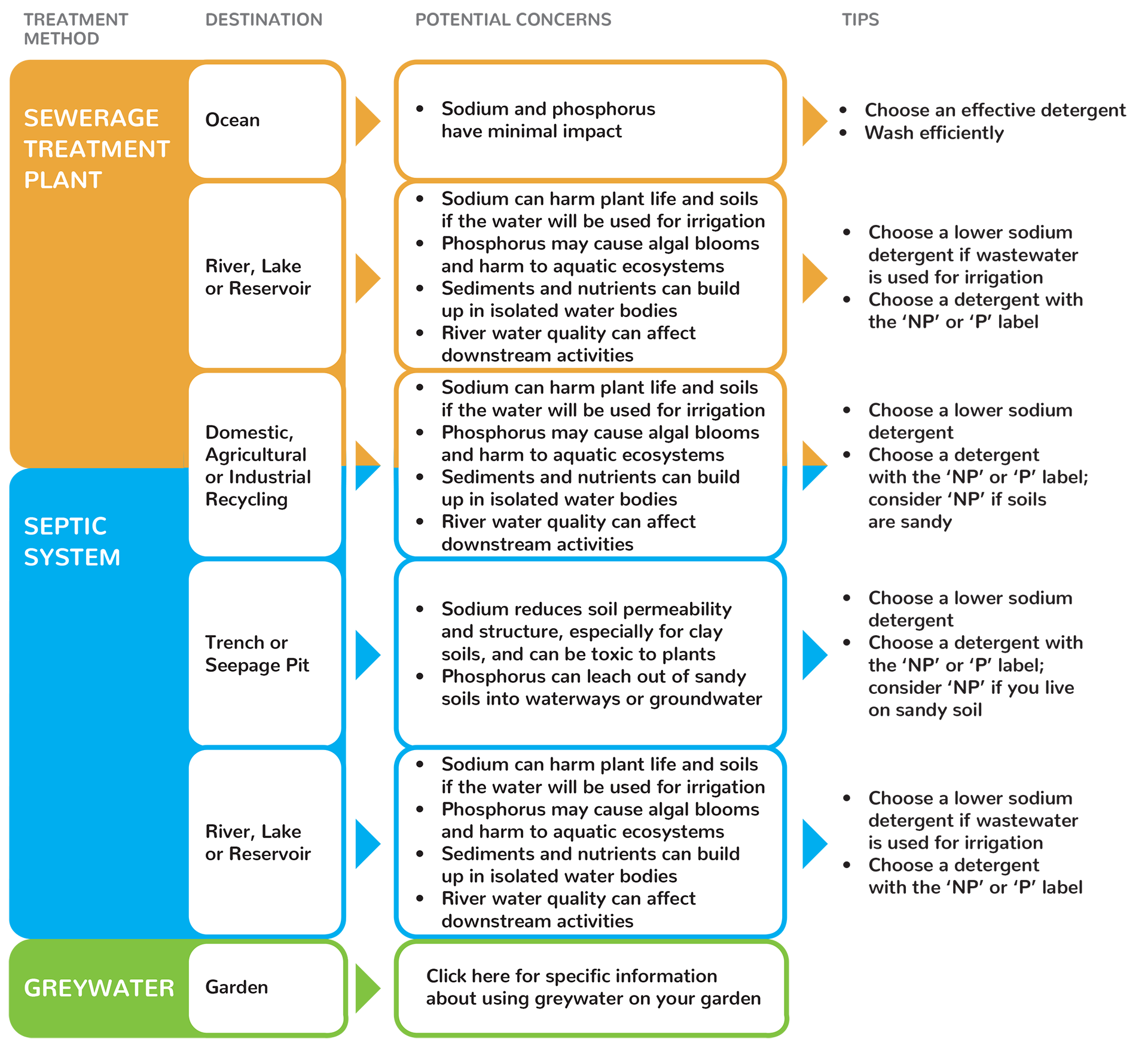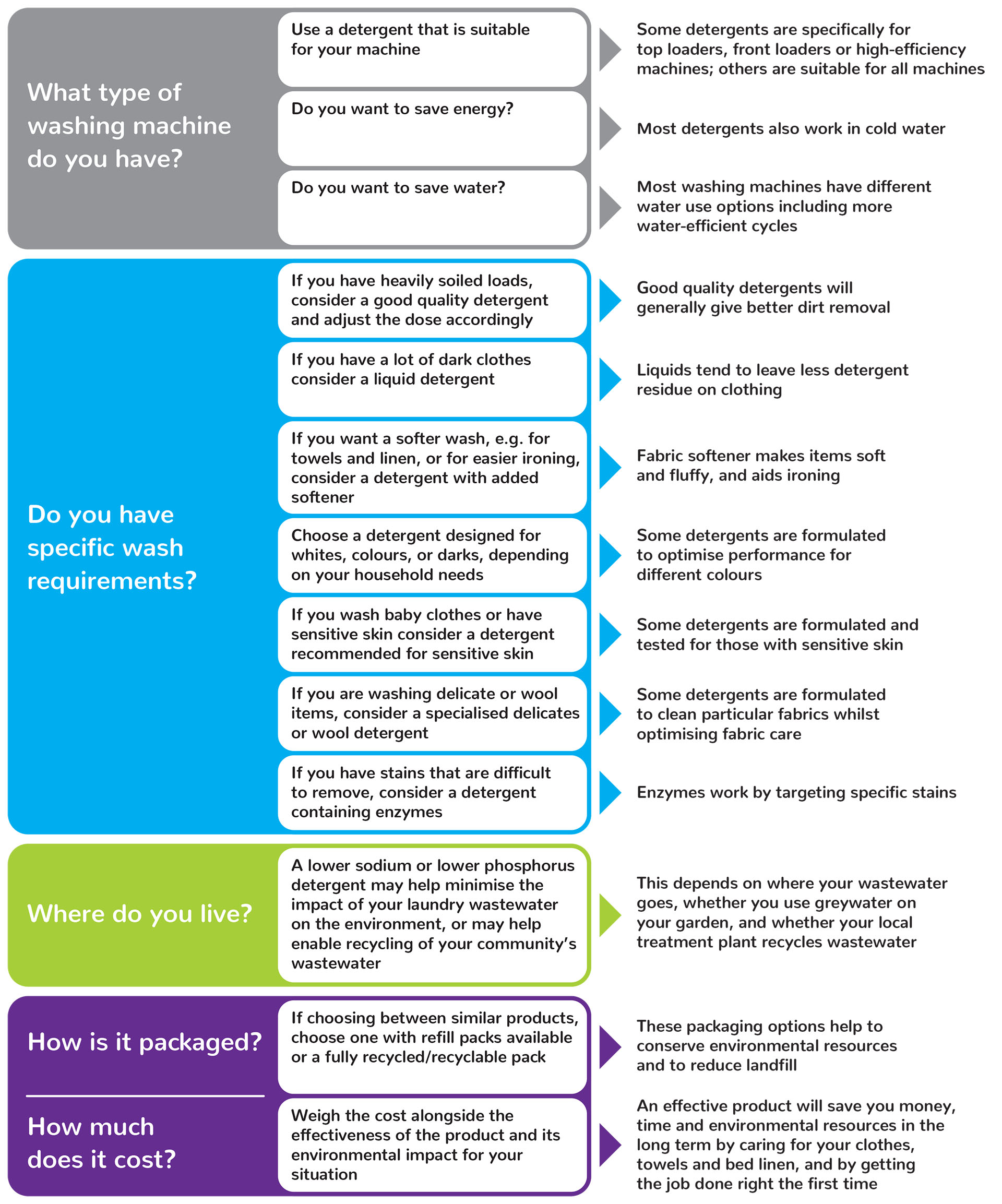Doing the wash
Ok, so your laundry set-up is looking great. You’ve got a machine that is right for your household and have suitable laundry products ready to be used. It’s time to do the wash!
Washing wisely will ensure your laundry items are clean, hygienic and fresh, and that you maintain their appearance and feel for as long as possible. But not only this, washing wisely will help you to do your bit in protecting the environment – as well as saving you money and time by getting the job done right, first time.
DOING THE WASH
Step 1: Preparing your wash items
- If it is heavily soiled, wash it sooner rather than later when soils will be harder to remove.
- Sort and wash items according to washing suggestions on wash item labels.
- Turn garments that require protection – including colour protection – inside out or use a wash bag.
- Tie long cords, do up buttons and close zippers.
Separate:
- dark or coloured items that may bleed colour onto light items – less important if doing a cold wash, more important if the dark item is new
- lightly soiled items from heavily soiled items
- delicates from normal items
- items such as woollens and silks that require special detergents or settings
- items such as towels that could deposit lint onto other items
Check:
- pockets for items (no one likes a tissue through the wash!*)
- for stains that may require pre-treatment
- for tears that may enlarge in the wash
*If you do accidentally put a tissue through the wash, you can remove the bits of fluff by rinsing the laundry with a pair of nylon stockings
DOING THE WASH
Step 2: Using your machine
- Refer to the manufacturer’s instructions and follow any pre-wash directions, such as emptying the lint filter.
- Wash full loads whenever possible – your machine uses about the same amount of energy regardless of the load size. You may be able to adjust the water level for smaller loads if your machine has this option, or your machine may have auto load sensing. You may need to reduce the load for delicate items (refer to the manufacturer’s instructions).
- Include small and large items in each load to enable freedom of movement.
- Choose the most suitable cycle/program for your wash load. Choose the cold water wash cycle if possible, or use the minimum recommended temperature for the detergent and the items you are washing.
- Do a cold rinse.
- Add the appropriate amount of a suitable detergent to the machine.
- Press start!
Energy when you wash
Energy is required to wash clothes and other items.
This energy takes three main forms:
Where does it come from?
- the motion of the washing machine agitator, impeller or tumbler
What does it do?
- pushes detergent solution through clothes and rubs fabrics against each other
- pumps water
Where does it come from?
- the heated wash water
What does it do?
- aids removal of some stains and soils
- assists the wash performance of some ingredients
Where does it come from?
- the laundry detergent ingredients
What does it do?
- removes soils from fabrics
- prevents soils from redepositing on fabric
- softens water
- provides other wash features
Energy is needed to power your washing machine and, for warm or hot washes, to heat water during the wash phase. Water is either heated internally by your machine, or by your household hot water system if your washing machine has both hot and cold connections.
Most washing machines in Australia are powered by electricity. In Australia we rely heavily on electricity production from the burning of fossil fuels, which releases carbon dioxide – a greenhouse gas linked to climate change – into the atmosphere. Australia is one of the highest per capita greenhouse gas emitters of any country.
Did you know..?
Did you know up to 90% of the energy used by your machine could be for heating the wash water.[i]
Energy is also needed for the manufacture of any product. Washing machines, laundry detergents, clothing, towels and bed linen all have energy costs associated with their production (including the energy required to prepare their raw materials), their packaging, transport, and even their disposal.
How can you save energy in the laundry?
Washing full loads in cold water wherever possible will help you save energy in the laundry.
Getting the wash right the first time also helps. Preparing your wash items properly and using the right dose of a suitable detergent will ensure your laundry items are maintained for as long as possible, helping save energy in the manufacture of replacement items.
These approaches can help you do your bit to conserve dwindling fossil fuel supplies and minimise greenhouse gas emissions.
Water when you wash
Water is needed in the laundry wash and rinse cycles, as well as in the manufacture of clothing, washing machines and laundry detergents.
Water is a vital resource, especially in Australia – the driest inhabited continent on Earth. Access to quality water supply is essential for healthy living. You may have first-hand experience of water shortage: perhaps you live in drought-stricken rural Australia, or in water-restricted urban centres. The situation is likely to worsen as fears about climate change are realised, and as the Australian population increases.
There are two main issues to consider with your laundry wash water:
- the quantity you use
- the quality of your wastewater
You can play a part in caring for this vital resource by conserving water usage, and by awareness of how your household activities impact your wastewater.
Water conservation
Whatever washing machine you have, you can use it as water-efficiently as possible. This means washing full loads wherever possible, or adjusting the water volume if your machine has this function.
It also means washing effectively the first time so that no re-washing is needed, and so your laundry items are maintained for as long as possible, helping save water in the manufacture of replacement items. Preparing your wash items properly and use the right dose of a suitable detergent will help.
You may also want to reuse your laundry greywater on your garden or recycle it elsewhere in your house.
It is encouraging to see that many Australians are responding to the need to conserve water in the laundry[ii].
Water quality
The quality of your laundry wastewater will depend not only on which laundry detergent you choose, but also on how you use your detergent.
DOING THE WASH
Step 3: Using your detergent
Let’s assume you have chosen a detergent that is suitable for your machine and your wash load fabrics, soiling and colours. It’s time to use your detergent!
Your detergent has been specifically formulated with ingredients that effectively clean your wash items, enhance their look and feel, and aid the washing process. You can read more at the science behind laundry detergents.
The most important thing is to dose correctly.
UNDERDOSING could lead to incomplete soil removal, or transfer of dirt from heavily soiled items onto other items (“greying”).
OVERDOSING is wasteful of detergent, reduces detergent effectiveness, adds unnecessarily to the levels of detergent ingredients in wastewater, and can lead to detergent residue on clothes.
Follow the dosage instructions on the package as a guide. Laundry detergents have a small scoop or cap to let you know how much to add to your wash. Take into consideration:
- water hardness – more detergent if the water is hard
- wash load size – more detergent if you have a large capacity machine or are washing a large load; less detergent if you have a small capacity machine or are washing a small load
- wash load soiling – more detergent if you have a heavily soiled load
Aren’t laundry detergents full of chemicals?
Yes! In fact, all matter contains chemicals. We breathe chemicals, we eat chemicals, and we are made of chemicals.
Laundry detergent ingredients are chemicals with specific properties that make them effective at cleaning and preserving the appearance of clothes, towels and bed linen.
[i] https://www.energystar.gov/products/appliances/clothes_washers
[ii] Australian Bureau of Statistics 2013, 4602.0.55.003 – Environmental Issues: Water use and Conservation.








